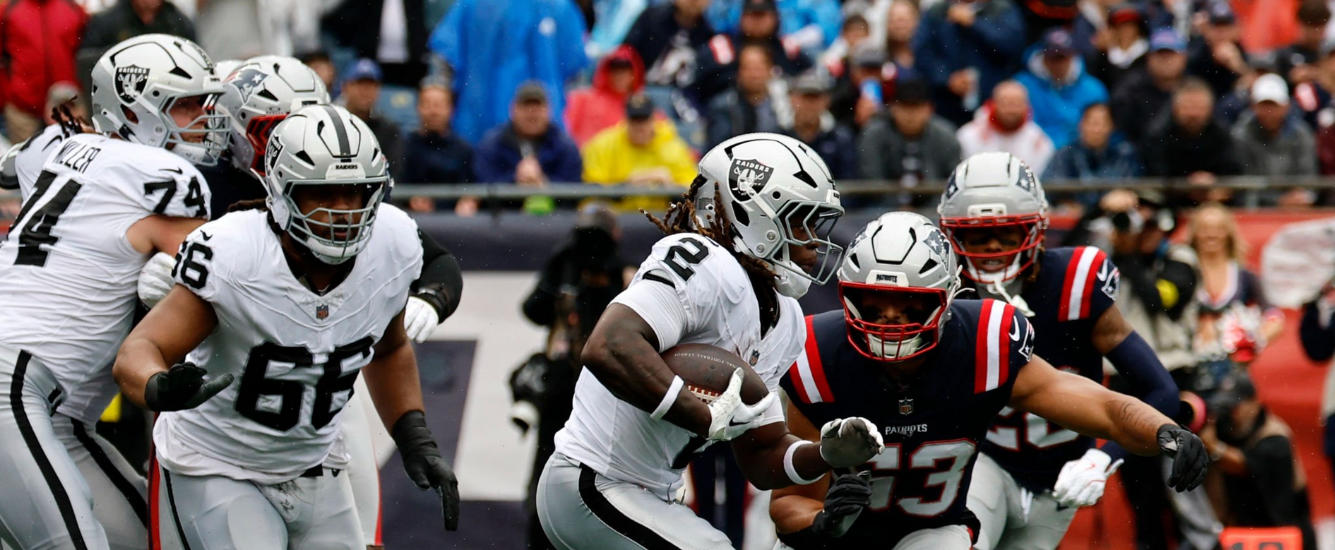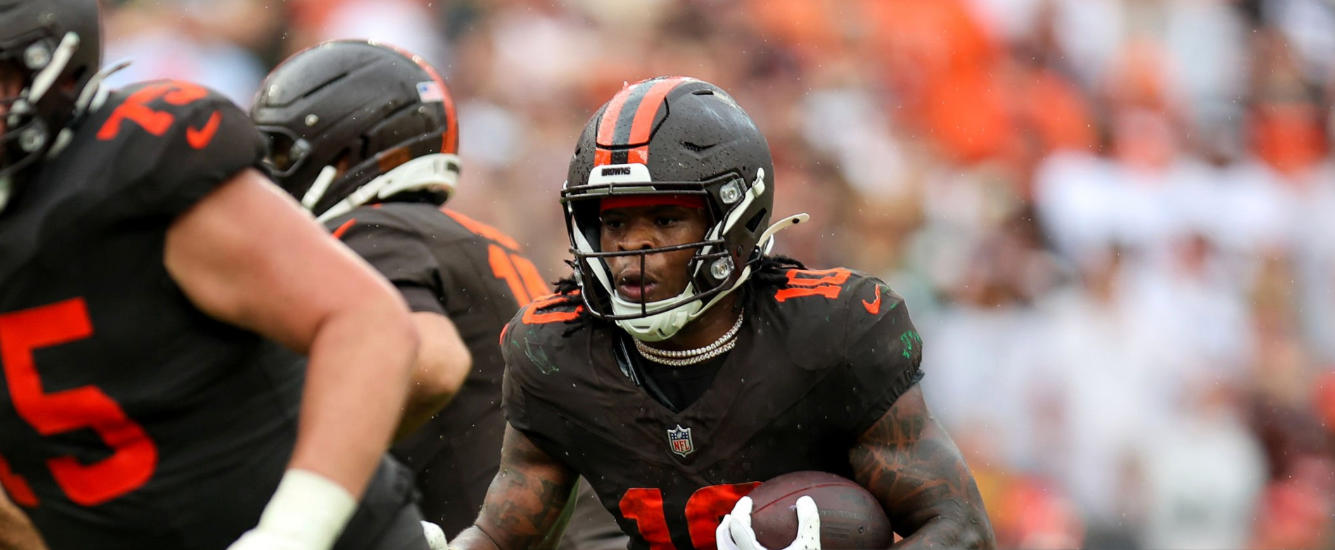In the increasingly competitive world of best ball and playoff tournament-style fantasy football, one of the most powerful edges lies in constructing rosters that peak during the fantasy playoffs — a concept known as back-weighted production. Rookie wide receivers, who often see their production rise as the season progresses, provide a unique opportunity to capitalize on this edge.
In 2023 alone, we saw several rookies catch fire down the stretch.


 Meanwhile, nearly all of Adam Thielen’s production was concentrated in the first-half of the season.
Meanwhile, nearly all of Adam Thielen’s production was concentrated in the first-half of the season.

Thielen’s early season production was enough to give those who drafted him a 26.5% advance rate out of the regular season. However, those drafters paid the price the next round, when only 0.95% of Thielen teams made the semifinals. (That’s only slightly less than the average rate of 1.04%, but it’s far less than the expectation for Thielen teams, which were overrepresented in the quarterfinals). For comparison, Tyler Boyd drafters struggled through veteran WR collapse, but without Thielen’s early season performance, leading to just a 13.8% advance rate.

But fantasy football isn’t played in a vacuum, it’s played in a market. Here I am going to reexamine the impact of WR experience on back-weighted production, and see if the edge still exists.
Not All Weeks Are Created Equal: The Importance of Back-Weighted Production:
Mastering league formats better than your opponents allows you to exploit subtle yet powerful edges. What is conventional wisdom in fantasy football is not always the optimal approach.
One such instance is the relative value of individual weeks of the fantasy football season:
- The “casual” drafter selects players based on Week 1 depth charts.
- The “educated” best ball drafter understands that the regular season and playoffs both matter to win championships, and thus focus on drafting “the best players” that they believe will score the most total points over the course of the season.
- The “exploitative” best ball veteran focuses on aligning scoring distributions with the expected value of a given week. It turns out that 66% of your roster’s expected value comes from Weeks 16-17, and therefore, we should prioritize players whose production peaks at the end of the season (back-weighted production).
The regular season certainly matters, since sequencing matters (you have to advance from the regular season if you want any shot at the Finals). But so long as you’re not sacrificing your regular season advance rate, optimizing for back-weighted production prioritizes production in the weeks that matter most.

I may be biased, but Michael Dubner’s “Is Week 17 All That Matters? Best Ball Mania 5 Is My Favorite Prize Structure Yet” is a mandatory article for fantasy football drafts, as the findings have trickle-down effects through every tactic you need to win fantasy championships.
Similar to how Zero RB is an antifragile roster construction that uses the chaos of the RB position to its advantage to build playoff juggernauts, we can use player experience to systematically create back-weighted production for the fantasy football playoffs.
Rookie Wide Receivers Are Sleeping Giants Ready To Wake Up In the Playoffs
In 2017, what was a contrarian take at the time, RotoViz’s Brian Malone advocated for drafting rookie running backs, as they disproportionately scored more points during the fantasy playoffs. Building on this, in 2021, Jack Miller declared rookies are the key to winning fantasy championships, as their production typically peaks during the fantasy playoffs, while veteran production tends to decline.
Rookies are systemically positioned to increase their scoring as the season progresses. Rookies are oftentimes eased into the start of the season as they get acclimated to the jump in playing level from college to the NFL. Other rookies are blocked by veterans, and it takes time for them to get on the field. Yet, by the time the fantasy playoffs roll around, rookies are hitting their stride, meanwhile veteran production declines over the course of the season.

Blair Andrews’ masterpieces on player age and experience demonstrates that Year 2 remains the breakout gold mine. You can further supercharge breakout rates by layering in age.
Thus, to provide further granularity to the veterans group in the above chart, we can split veterans into rookie contract (Years 2-4) and later-career Year 5-plus veterans.




















